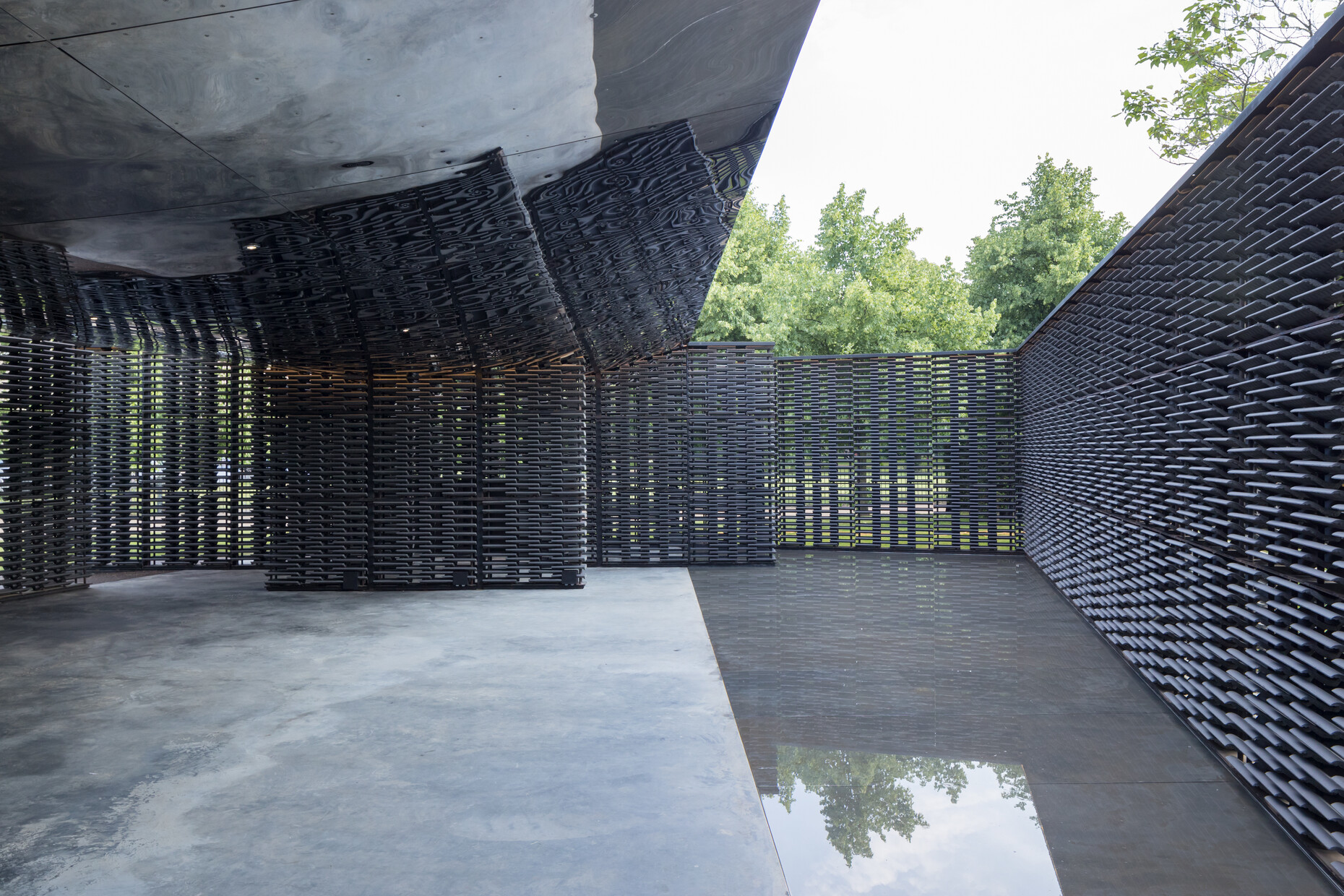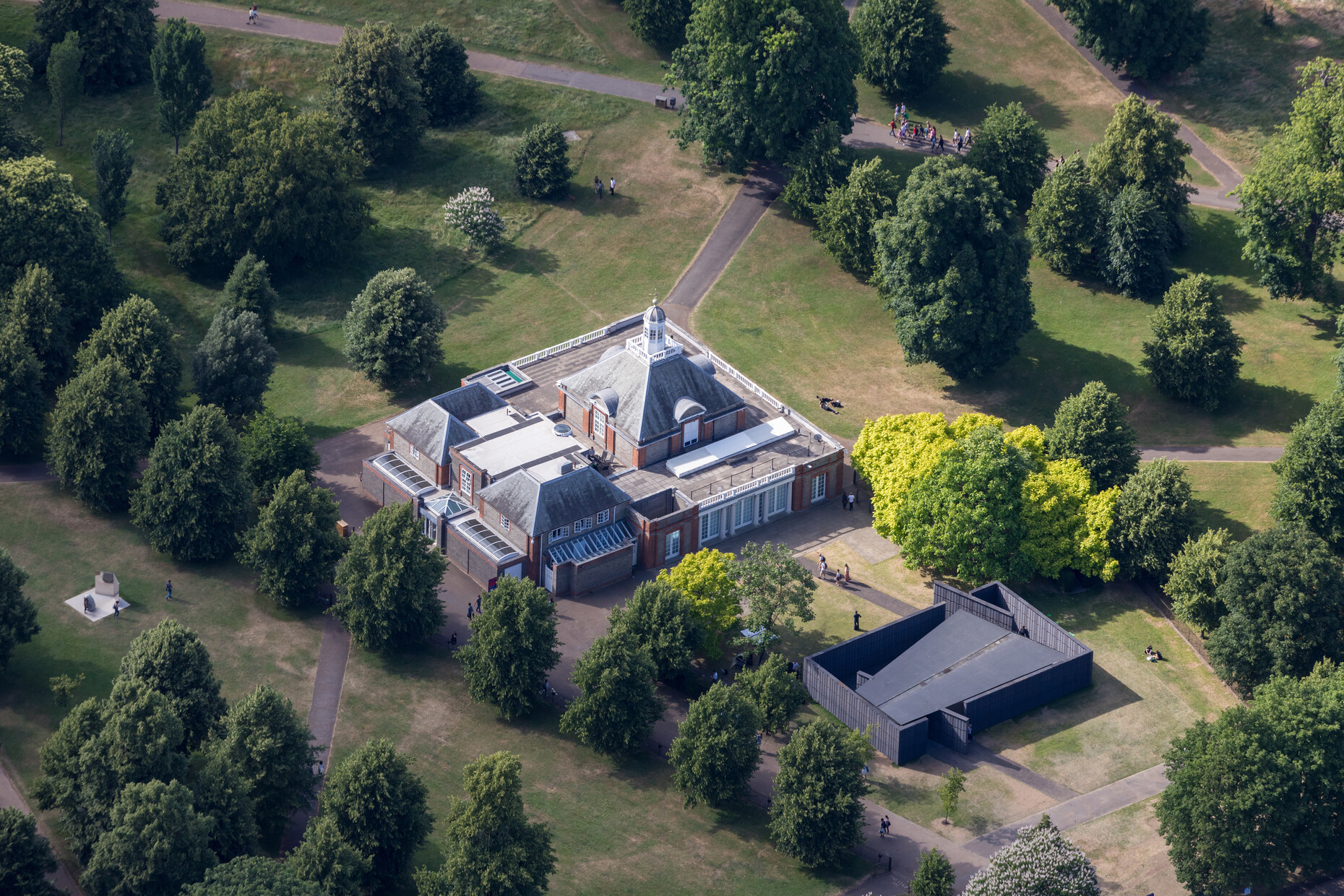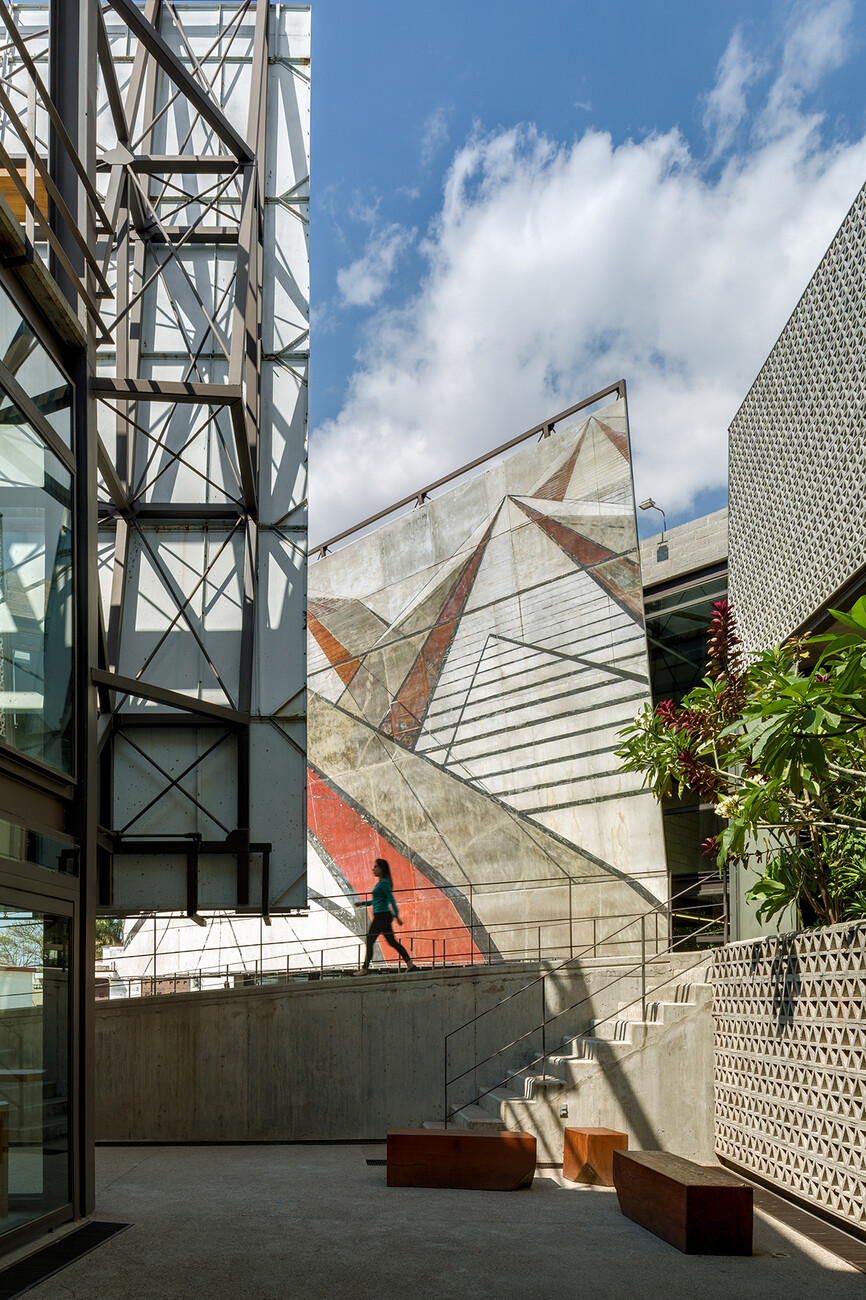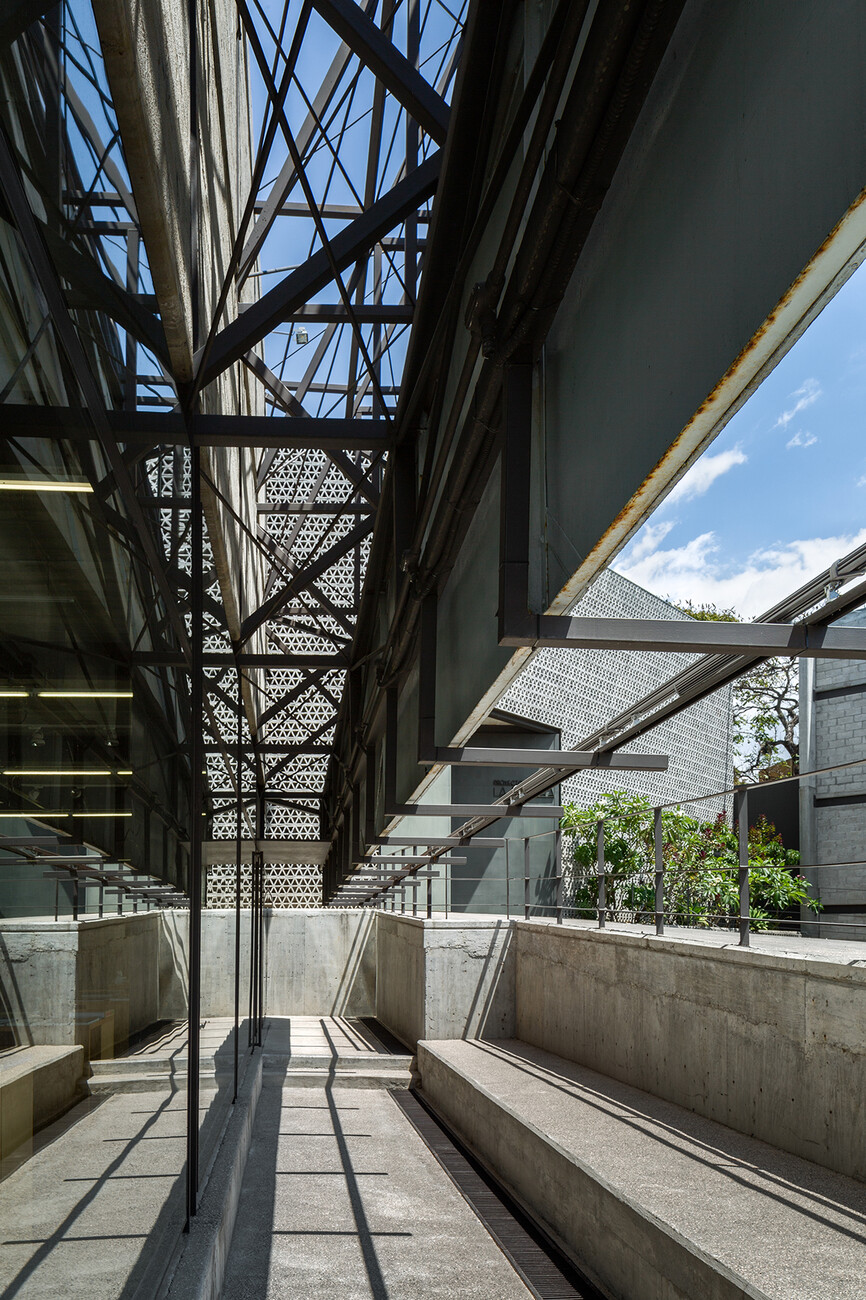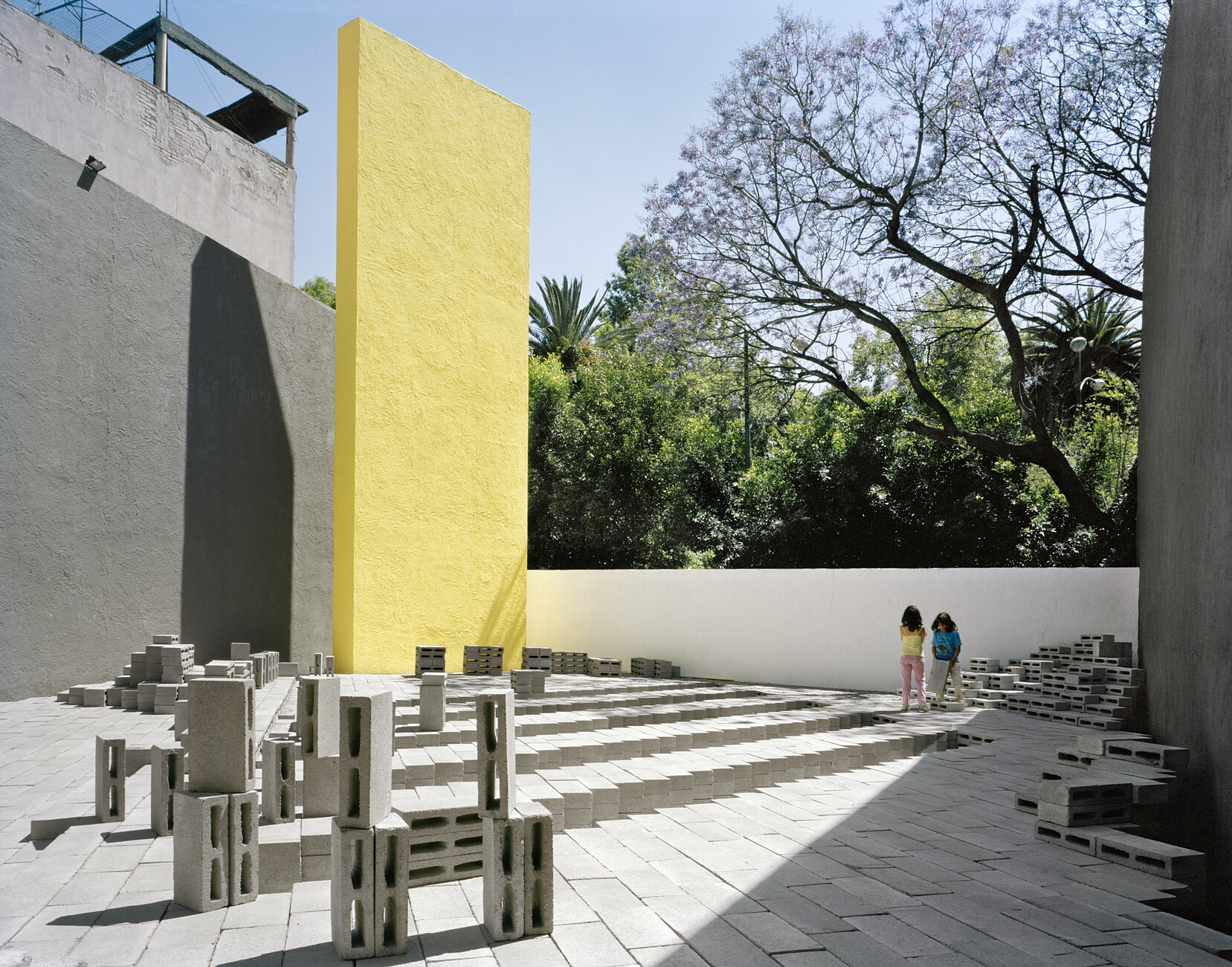Recognizing potential
Anna Moldenhauer: When you started out studying, it was still unclear to you which creative direction you wanted to pursue. Why did you ultimately choose architecture?
Frida Escobedo: I was still very young when I had to decide on the career that would best suit me. I was very lucky, because the decision to go to architecture college proved to be the right one from the first few weeks I was there. I really enjoyed the course at the Universidad Iberoamericana in Mexico City from Day One.
You work a lot with simple, industrial materials such as concrete or cement roof tiles. Why is that?
Frida Escobedo: Initially the choice of affordable materials was essentially born of necessity, since it was hard to keep my head above water as a freelance architect. During the work though, I quickly noticed how much potential these materials harbored. When you have a project budget coming from public funds in particular, you have to be very careful with how you use it, and simple materials represent a good way of getting the best out of it. The aspect of sustainability also plays a role. We have to consider which materials will age well and will not have to be replaced, repainted or maintained too often. Instead of luxury and fine details, the urban space calls for practical solutions that are both functional and aesthetic at the same time.
Are there any particular challenges that arise from working with simple materials?
Frida Escobedo: No, I think every material presents its own challenges when it is put to use. It’s really about understanding which individual solution is the best one. Here, it helps to remain authentic. I don’t like materials that pretend to be something other than what they are – for example laminate flooring that is supposed to look like wooden planks.
I get the impression that in architecture you always combine the external with the internal, for example by creating openings in the façade to establish transitions into nature. Air, light and shade become part of the work. Would you agree with that?
Frida Escobedo: Yes, for me the inside and the outside are always connected. Thanks to the warmer temperatures, in Mexico there are plenty of opportunities to create fluid transitions between the indoor and outdoor spaces. There is always a relationship with the surroundings.
A further characteristic of your work are the geometric patterns you use as a formative element. Can you say why?
Frida Escobedo: The geometry is already inherent in the materials. I also like the contrast and the visual effect it creates. It can be understood intuitively.
You continually work in the urban context, seeking new solutions for public architecture, as in your designs for community centers. What approach do you take?
Frida Escobedo: The approach is the same as with the choice of material; it’s about getting the most out of less. Among other things, we aim to create optimal layouts for low-income housing. This also involves incorporating a certain versatility in the way spaces function, meaning, for example, that there is no unused space once the children have left home, so it remains suitable in old age.
Do you believe that architects should be aware of the role they play in society?
Frida Escobedo: Absolutely. Architects design spaces for people and have to understand how people behave within the space. Otherwise, the design is just a sculpture.
The sustainability of your designs is crucial to you – from the concept to the material. What do you focus on particularly?
Frida Escobedo: In order to be able to offer effective solutions, you need to think about more than just sustainable building materials. It’s about the structures of urban construction, about the synergy of the forces. Architecture alone cannot resolve the issues of sustainability.
Looking back, the resonance created by your design for the Serpentine Pavilion in 2018 was decidedly positive. What did the project do for you?
Frida Escobedo: It was both a wonderful opportunity and a huge challenge. I really enjoyed working on it, designing a temporary building with that kind of international visibility. I also believe that, essentially, the supporting program was also a crucial element in the success of the pavilion alongside the architecture. It raised questions about how we should design spaces in future, about what is essential.
You also design furniture. Would you like to explore this area of your work more extensively in future?
Frida Escobedo: I’m trying to expand the entire notion of architecture. When I am researching, teaching, or designing a building or a public installation, this invariably entails expanding the space and the way we behave within it. I am keen to think outside the box and not to be pigeonholed in the kind of architecture that I create.
Can you tell me a little bit about the projects you’re currently working on?
Frida Escobedo: We are currently developing two hotels, among other things. One is in Puebla and the other in Bacalar. Then we are also working on public projects, installations, and a new item of furniture. You could say we’re pretty busy!
You lecture at schools of architecture – what would you like your students to take away with them?
Frida Escobedo: Education is a shared process, since we all bring different perspectives. I like to search for answers to social questions, what sort of modern architecture might work for a residential building that is also home to domestic workers, for example. The students’ approaches are very refreshing and it’s fun to develop new ways of understanding the space together.











